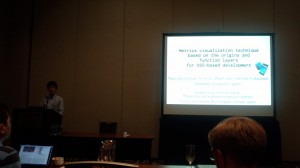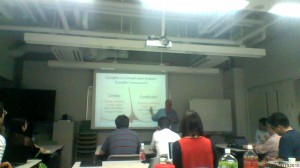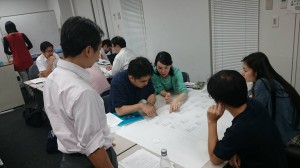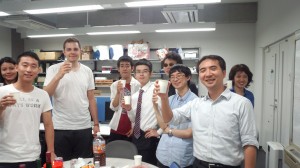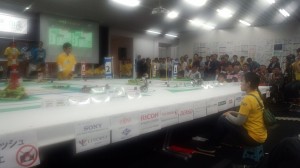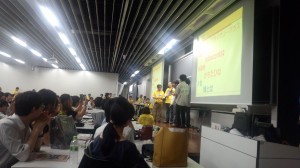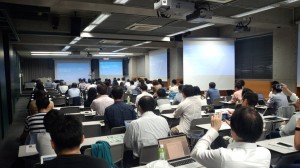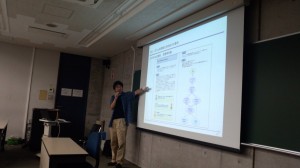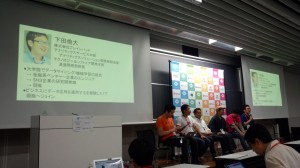Chimaki Shimura, Hironori Washizaki, Takanobu Kobori, Yohei Aoki, Kiyoshi Honda, Yoshiaki Fukazawa, Katsutoshi Shintani and Takuto Nonomura, “Identifying Potential Problems and Risks in GQM+Strategies Models Using Metamodel and Design Principles,” 50th Annual Hawaii International Conference on System Sciences (HICSS-50), Waikoloa, Hawaii, Jan 4-7, 2017. (to appear)
Although GQM+Strategies assures that business goals and strategies are aligned throughout an organization and at each organizational unit based on the rationales to achieve the overall business goals, whether the GQM+Strategies grid is created correctly cannot be determined because the current definition of GQM+Strategies allows multiple perspectives when aligning goals with strategies. Here we define modeling rules for GQM+Strategies with a metamodel specified with a UML class diagram. Additionally, we create design principles that consist of relationship constraints between GQM+Strategies elements, which configure GQM+Strategies grids. We demonstrate that the GQM+Strategies grids can be automatically determined with the help of design principles described in OCL. In fact, an experiment is implemented using these approaches in order to show that this method helps identify and improve potential problems and risks. The results confirm that our approaches help create a consistent GQM+Strategies grid.
